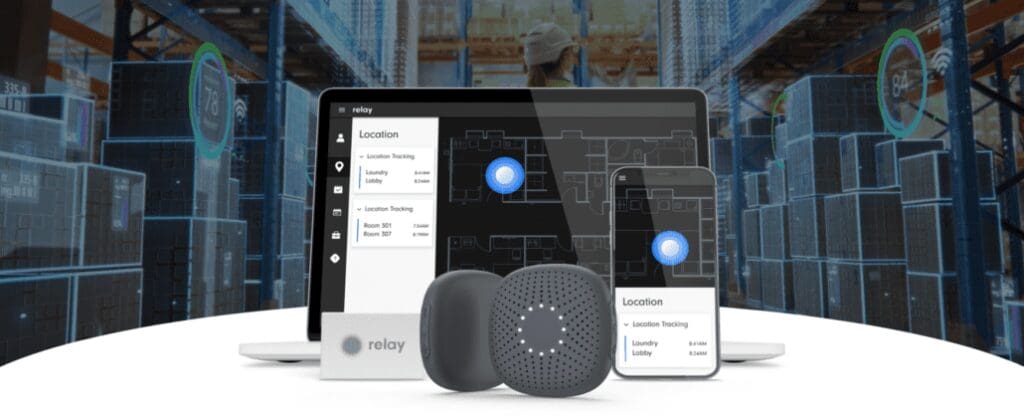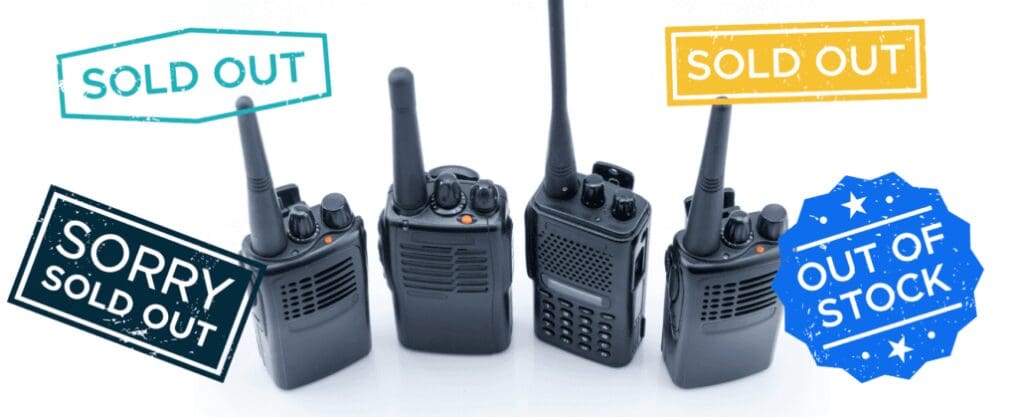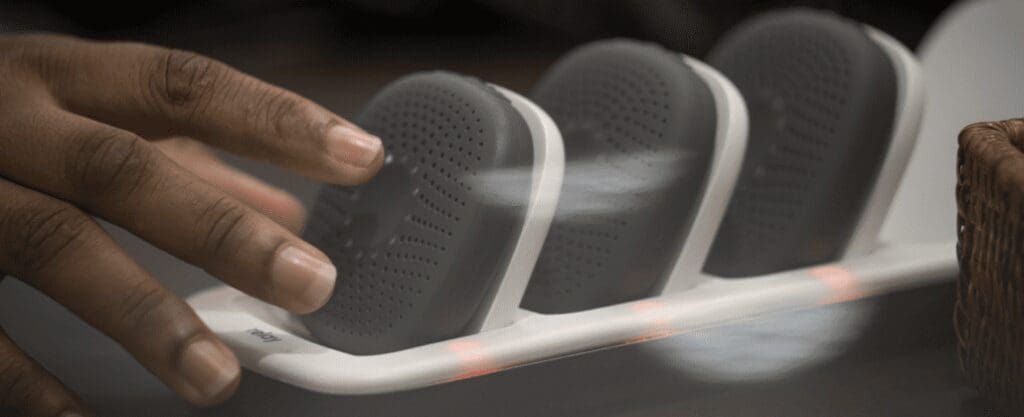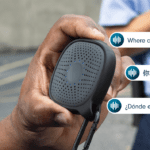Latest
-
4 Signs Language Barriers Are Impacting Hotel Operations
April 19, 2024 -
Rounds: Removing Manual Check-Ins for Security and Beyond
April 18, 2024 -
Navigate Hospitality Panic Solution Mandates: State by State
March 20, 2024
Sign up to receive news, product updates and more from Relay
"*" indicates required fields
Articles
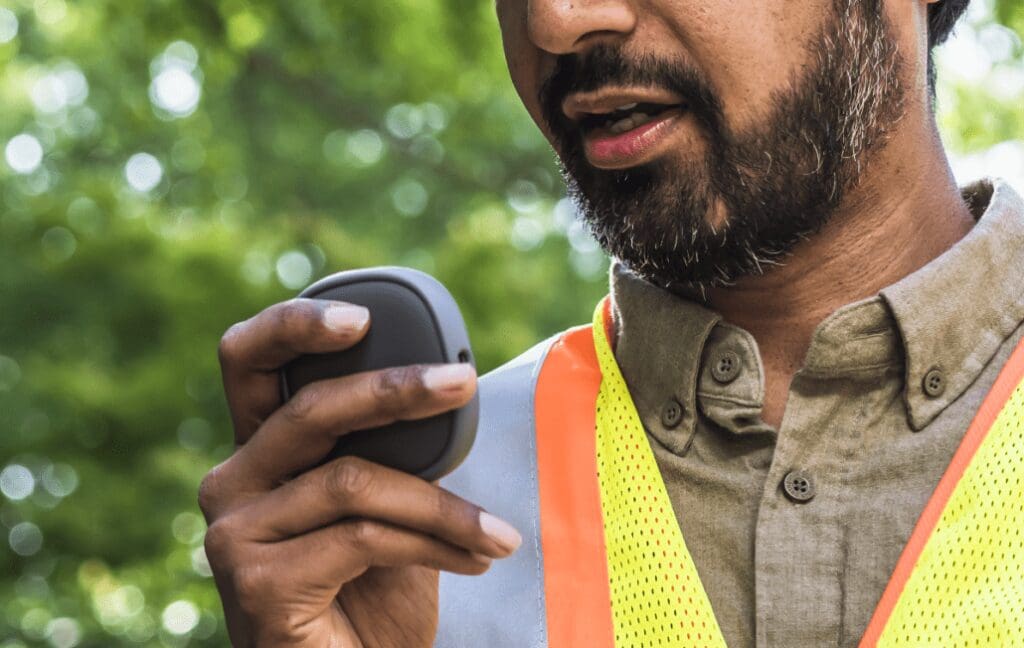
Relay Rockets to No. 424 on Deloitte Technology Fast 500™: A Testament to Innovation and Customer Commitment
